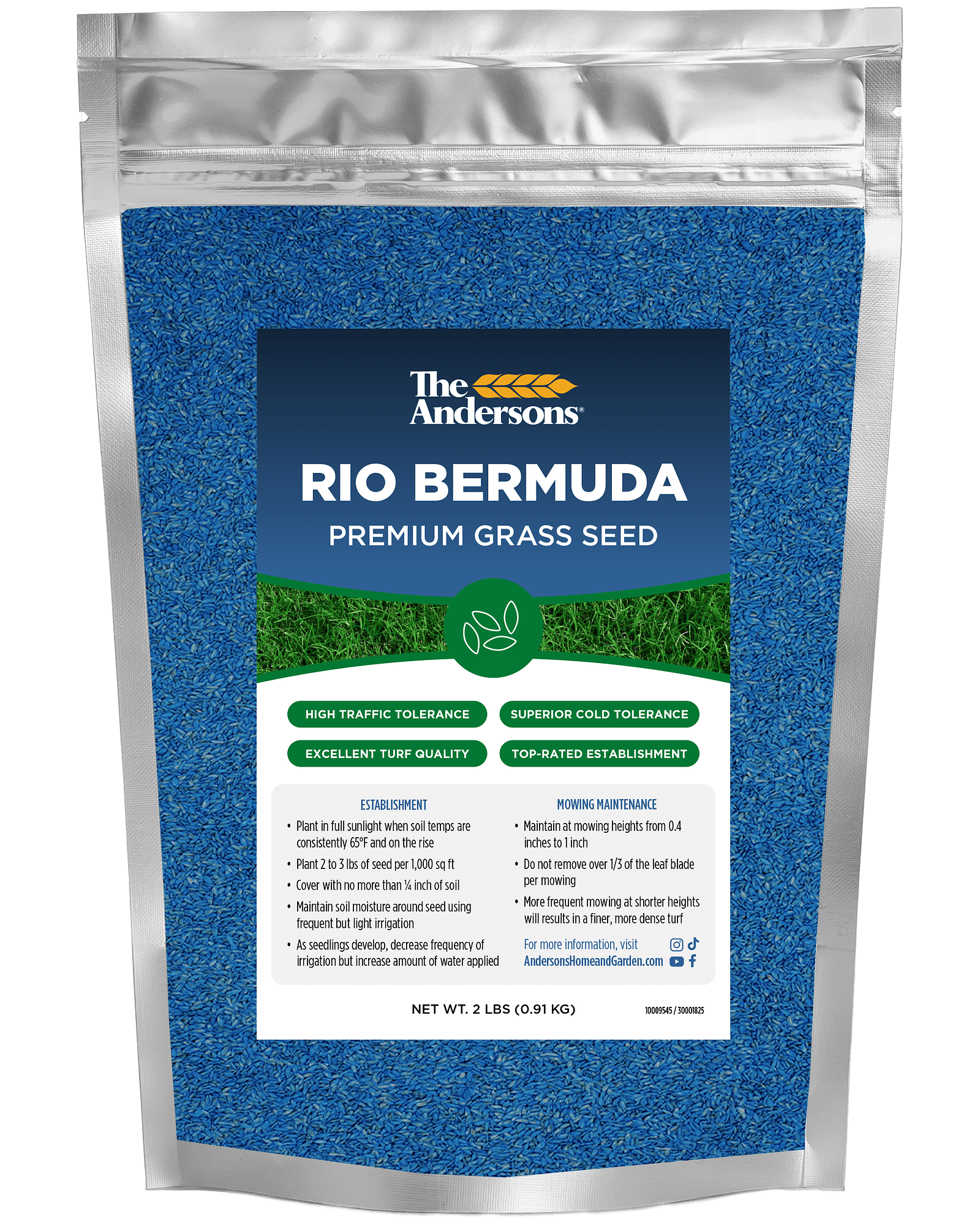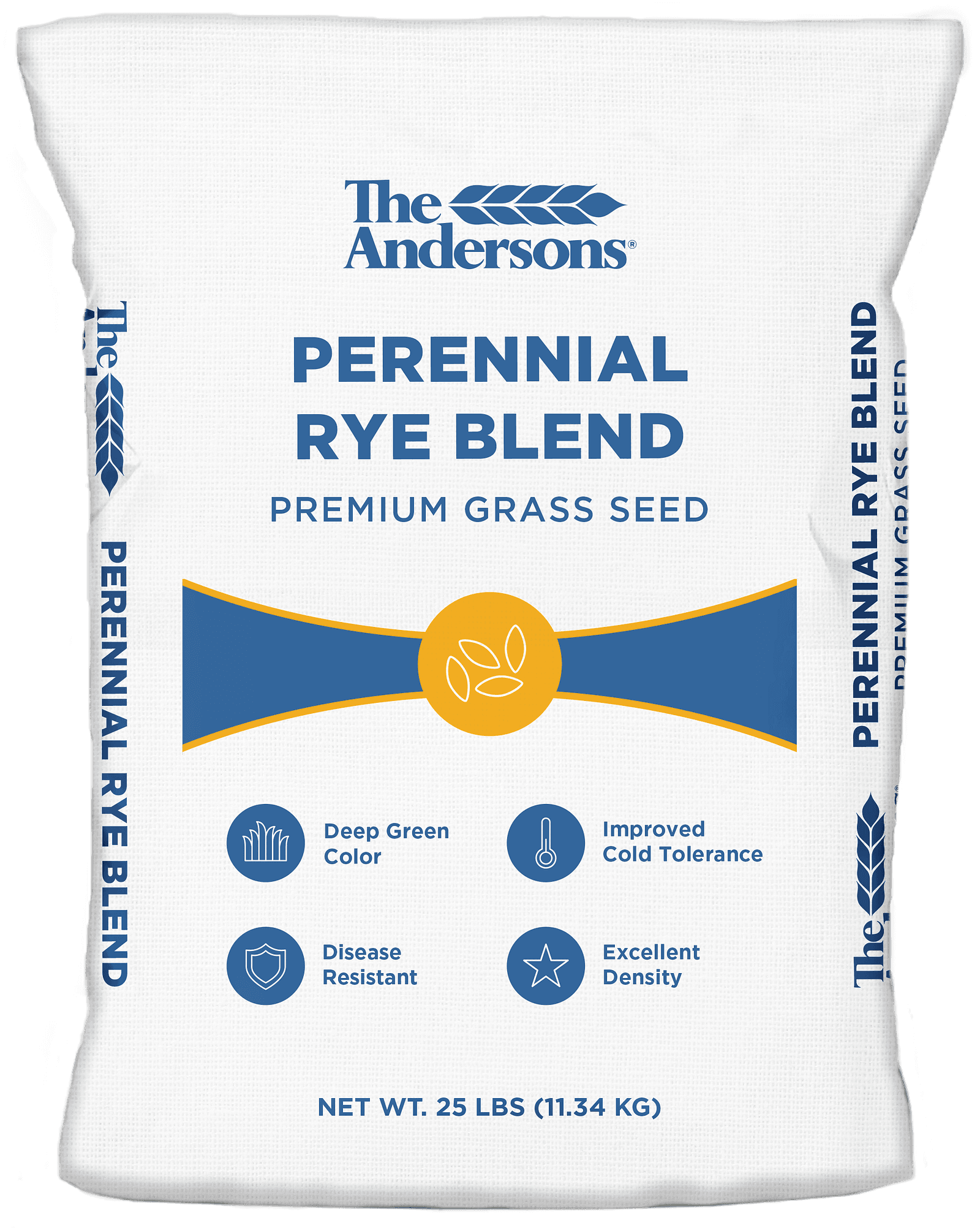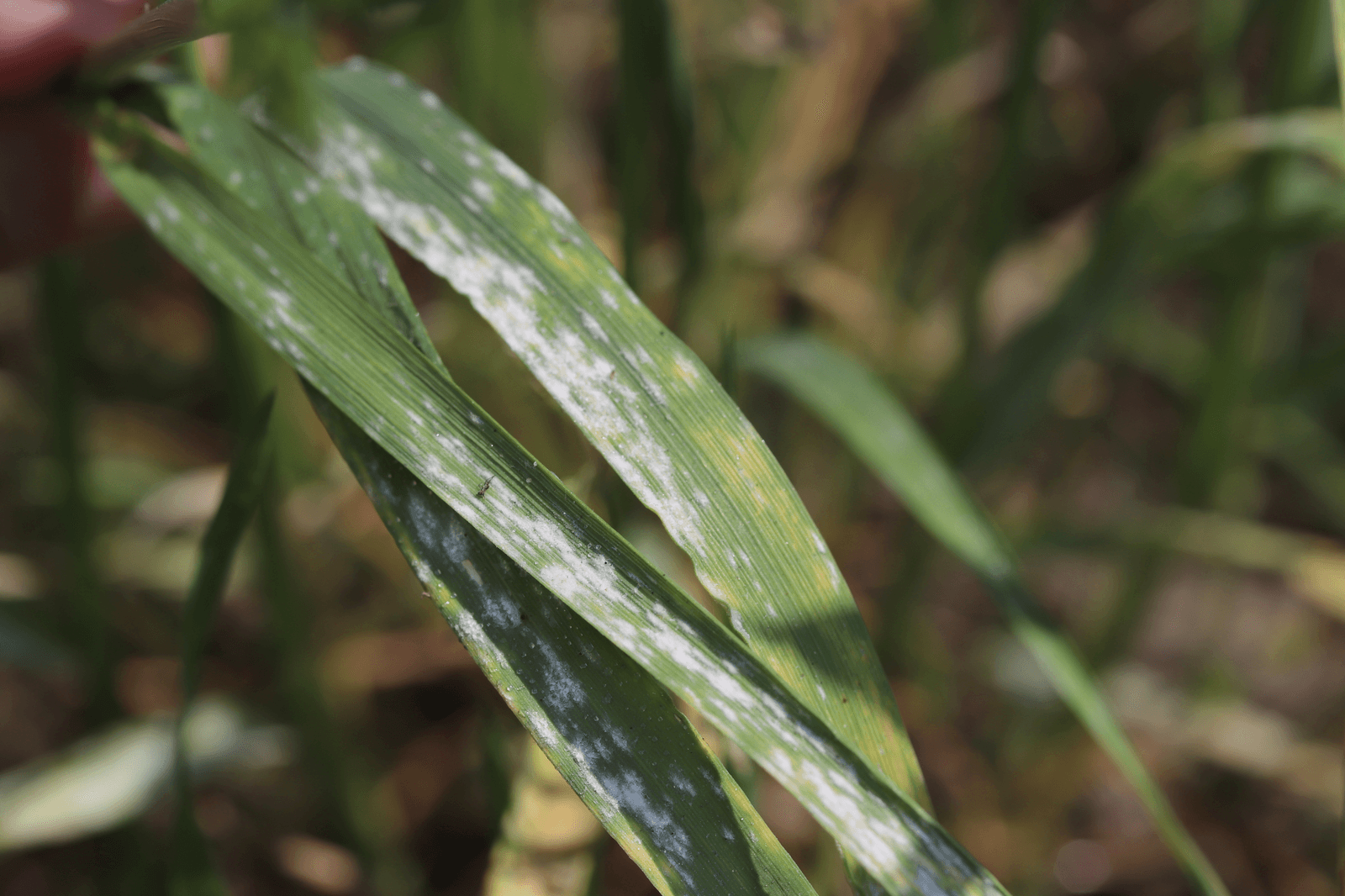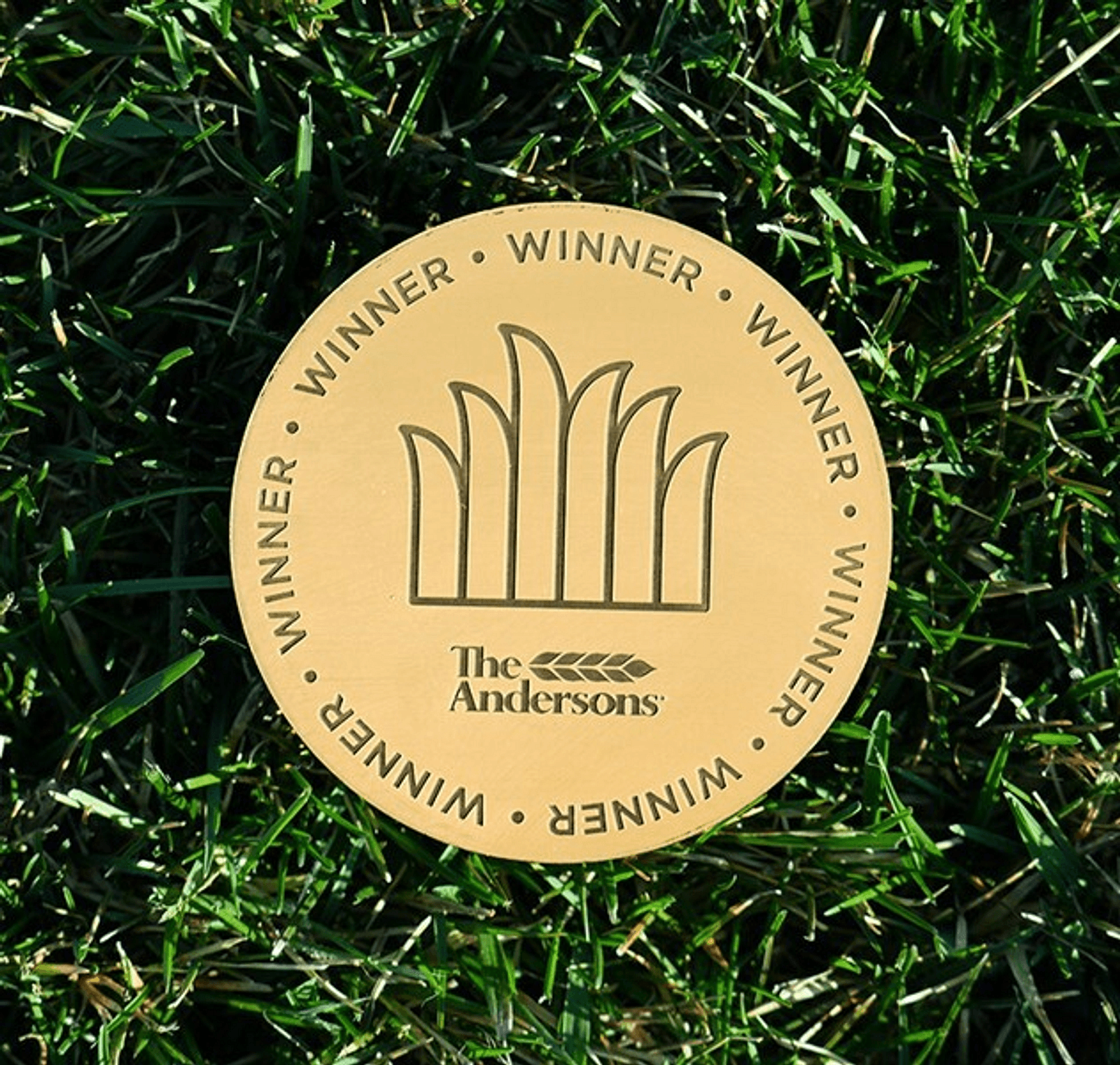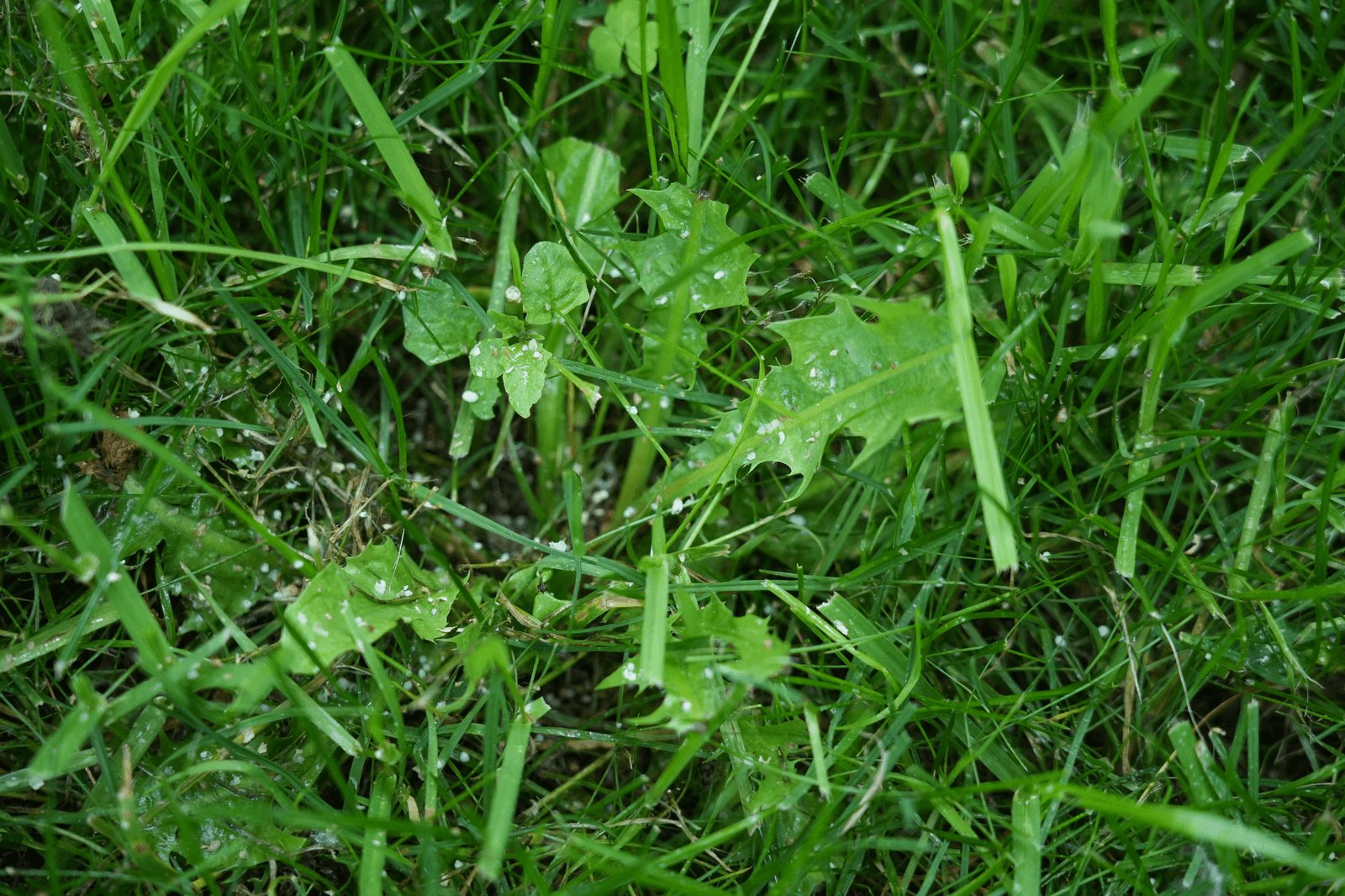When it comes to creating a lush, green lawn, one of the best choices for warmer climates is St. Augustine grass. Known for its thick, vibrant blades and resilience in hot, humid conditions, St. Augustine grass is a popular option for homeowners in the Southern United States, from Texas to Florida, and even parts of California. If you’re considering St. Augustine grass for your lawn, or if you're already growing it and want to ensure it thrives, this guide will provide you with all the essential information you need.
WHAT IS ST. AUGUSTINE GRASS?
St. Augustine grass (Stenotaphrum secundatum) is a warm-season grass that is native to the coastal areas of the Gulf of Mexico, including parts of the Caribbean. It's a perennial grass that grows in a dense, thick mat, making it a desirable choice for lawns, parks, and golf courses. Unlike some grass types that grow upright, St. Augustine grass has a sprawling, creeping growth habit, with broad, flat blades that give it a soft, cushiony texture underfoot.
Its deep green color and dense, carpet-like growth provide excellent coverage, helping to choke out weeds and promote a healthier, more aesthetically pleasing lawn. St. Augustine is also known for its tolerance to shade, which sets it apart from other grass types that may struggle in lower-light conditions.
BENEFITS OF ST. AUGUSTINE GRASS
Ideal for Warm, Humid Climates: One of the primary reasons people choose St. Augustine grass is its ability to thrive in hot, humid environments. Native to the Gulf Coast and the Caribbean, St. Augustine grass is specially adapted to warm climates with high temperatures and regular rainfall. It's a perfect fit for southern states like Florida, Texas, and Louisiana, where temperatures regularly exceed 80°F and summers can be sweltering. Unlike cool-season grasses that struggle in the heat, St. Augustine grows best when the temperatures are consistently high, making it a perfect lawn choice for those living in warmer regions.
Tolerance to Shade: One of the standout features of St. Augustine grass is its relatively high tolerance to shade compared to other warm-season grasses. While most warm-season grasses prefer full sun, St. Augustine can grow well in partially shaded areas, such as beneath trees or along the north side of buildings. In fact, St. Augustine grass thrives with about 4-6 hours of direct sunlight each day, though it can tolerate more shade than other types, like Bermuda or Zoysia. This makes St. Augustine an excellent choice for lawns with tree coverage or areas where sunlight is limited, giving homeowners more flexibility in landscaping.
Soft, Dense, and Lush Texture: St. Augustine grass is known for its dense, carpet-like texture. The broad, flat blades of this grass create a lush, thick turf that feels soft underfoot, making it a great choice for lawns where children play, pets roam, or homeowners enjoy walking barefoot. The thick mat of St. Augustine grass also has a natural tendency to crowd out weeds, providing better coverage and reducing the need for frequent weed control.
Weed Suppression: Due to its dense growth habit and broad blades, St. Augustine grass is excellent at crowding out weeds and preventing them from taking hold in your lawn. When properly maintained, the thick, uniform turf fills in gaps and reduces the space available for unwanted weeds to grow. While no grass is completely weed-proof, St. Augustine's ability to grow quickly and establish itself helps minimize the chances of invasive weeds taking root.
Drought Tolerance: While St. Augustine grass does best with regular watering, it has a moderate level of drought tolerance once established. Unlike some other grass types that require constant moisture, St. Augustine can survive periods of dry weather, particularly in regions that experience occasional droughts. During dry spells, the grass may go dormant, turning a straw-like color, but with a bit of rain or watering, it can quickly green up again. This drought tolerance can help reduce water usage, especially if you're mindful of watering during dry seasons.
Resistant to Saltwater: If you live near the coast or in an area with salty soil, St. Augustine grass is one of the best choices for your lawn. Unlike other grasses that can struggle in salty conditions, St. Augustine has a natural resistance to saltwater, making it well-suited for coastal landscapes or areas with salty groundwater. This makes it a popular choice for homeowners near the beach, as it can handle salty air and soil better than other grass varieties, helping maintain a lush lawn even in challenging conditions.
Low Maintenance (Once Established): St. Augustine grass is relatively low-maintenance compared to other grass types, once it has been properly established. It doesn't require frequent mowing, especially if you're diligent about mowing it to the appropriate height of about 2.5 to 4 inches. The grass also doesn’t need to be fertilized as often as some other varieties, and it has a good resistance to common pests and diseases when properly cared for. This makes St. Augustine a great option for homeowners who want a beautiful lawn without excessive time spent on lawn care. Of course, routine maintenance like watering, fertilizing, and occasional pest control is still important, but overall, it’s less demanding than other types of grass.
Fast Establishment and Recovery: St. Augustine grass grows quickly and establishes itself in a lawn faster than many other varieties of grass. When you plant it via sod or plugs, you can expect a lush, green lawn in a relatively short amount of time. It fills in areas quickly and spreads well, helping cover bare spots and providing an even, smooth lawn. Additionally, St. Augustine grass has an impressive ability to recover from stress or damage. Whether it’s from heavy foot traffic, drought, or minor pest damage, St. Augustine grass can bounce back quickly, making it ideal for families and pet owners.
Pest and Disease Resistance: St. Augustine grass is generally more resistant to pests and diseases than some other grass types. It’s less likely to be attacked by pests like grubs or armyworms, and it can handle common lawn diseases like brown patch and fungal issues better than many cool-season grasses. However, it’s not completely immune, so regular lawn care and proper watering practices are still important for maintaining a healthy, pest-free lawn.

ESTABLISHING A ST. AUGUSTINE GRASS LAWN
Sodding vs. Seeding: St. Augustine grass is typically propagated through sod rather than seed. This is because its seeds are very small and don't germinate well. Sod is a much more reliable method, as it provides instant coverage and quicker results.
- Sod Installation: Lay sod in staggered rows, like bricks in a wall, to reduce gaps. Make sure the edges of the sod pieces are tightly butted together, and avoid leaving gaps that may allow weeds to invade.
- Spacing: For larger areas, you can also use plugs (small patches of sod) spaced 6-12 inches apart to fill in the lawn over time.
Time of Planting: The best time to plant St. Augustine grass is in late spring or early summer when the soil is warm and the risk of frost has passed. Planting during the warm months allows the grass to establish itself before the cooler weather sets in.
Soil Preparation: St. Augustine prefers slightly acidic, well-draining soil. Before planting, test your soil's pH with a soil test and amend it as necessary with either NutraLime OP® or Elemental Sulfur to ensure optimal growing conditions.
IDEAL GROWING CONDITIONS
While St. augustine grass is relatively low-maintenance once established, it does have specific growing conditions that should be met to ensure it thrives.
Climate: St. Augustine grass is best suited for warm climates with temperatures between 80°F and 100°F during the growing season. It’s a great choice for areas that experience mild winters and hot, humid summers. It struggles in regions with cold winters or prolonged frost, which can damage or kill the grass.
Soil: St. Augustine grass prefers well-drained, fertile soil with a slightly acidic to neutral pH (between 5.0 and 7.5). It can tolerate a variety of soil types, from sandy to clay, but good soil drainage is key to preventing root rot and ensuring healthy growth.
Sunlight: Although St. Augustine grass is one of the few warm-season grasses that can tolerate shade, it still requires at least 4-6 hours of direct sunlight a day for optimal growth. In areas with full sun, it grows thicker and more vigorously, but it can also handle light shade, especially under trees or on the north side of buildings.
ST. AUGUSTINE CARE TIPS
Watering: St. Augustine grass has moderate water requirements. During the establishment phase (for the first few months), you’ll need to water more frequently, keeping the soil consistently moist. Once the grass is established, you can reduce watering to about 1 to 1.5 inches per week, depending on rainfall. Watering early in the morning is ideal to avoid fungal growth and minimize water evaporation.
Mowing: St. Augustine grass grows fairly quickly, so regular mowing is necessary to keep it looking neat. Aim to mow when the grass is about 3 to 4 inches tall. Never remove more than one-third of the grass height at once, as this can stress the plant. Set your mower height to about 2.5 to 4 inches for the best results.
Fertilizing: St. Augustine grass benefits from regular feeding, especially during its growing season (spring through summer). Apply a balanced fertilizer with a 3:1:2 or 4:1:2 ratio of nitrogen, phosphorus, and potassium, such as PGF Complete™ 16-4-8, during the growing season to promote strong root development and vibrant green color. Follow recommended guidelines for application rates. Avoid over-fertilizing, as this can lead to thatch buildup or excessive thatch growth. Fertilizer applied in the spring and again in mid-summer will provide the nutrients your lawn needs without causing harm.
Aeration: To improve soil aeration and promote root growth, consider aerating your lawn once a year. Aeration helps relieve compacted soil and allows better water and nutrient absorption, especially in areas with heavy foot traffic or clay soil.
Weed and Pest Control: While St. Augustine grass is dense and does a good job of crowding out weeds, you may still need to manage weed growth, especially in the early stages of establishment. Use pre-emergent herbicides like Barricade® in early spring to prevent weed seeds from germinating. If you notice pests, such as chinch bugs, which are common in St. Augustine lawns, treat them promptly with DuoCide®.
Follow the warm-season lawn care calendar for recommended timing of product applications.
St. Augustine grass is an excellent choice for homeowners in warm, humid climates. With its lush appearance, shade tolerance, and resilience, it can transform your lawn into a beautiful and low-maintenance outdoor space. By providing the right conditions, watering, mowing, and fertilizing regularly, you can enjoy a thick, green lawn that enhances your home’s curb appeal.
Click below to learn more about other grass types:







